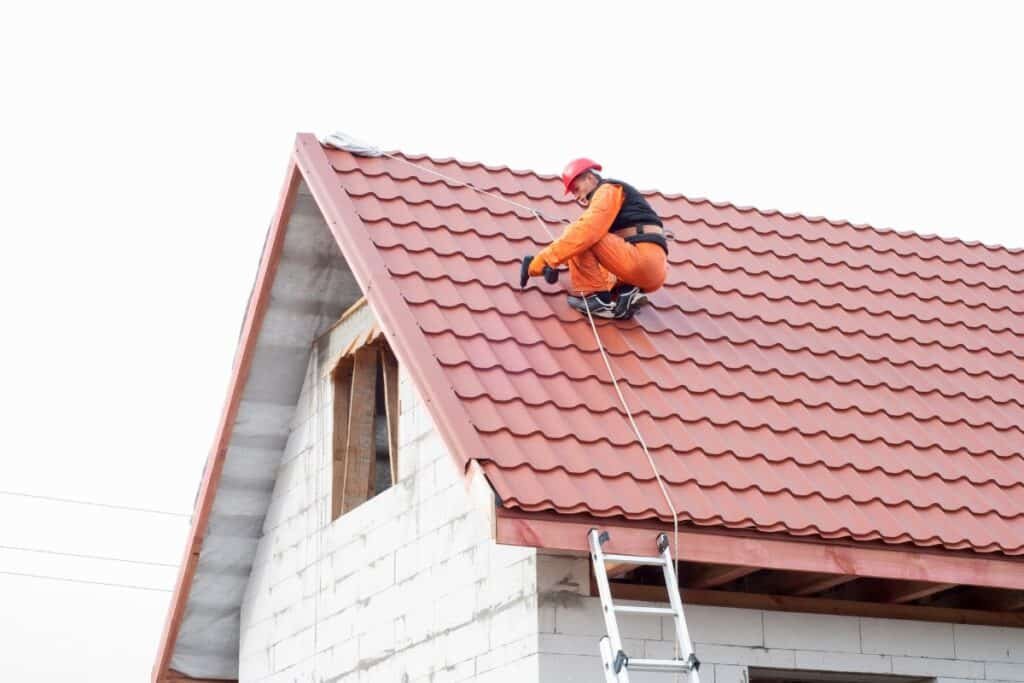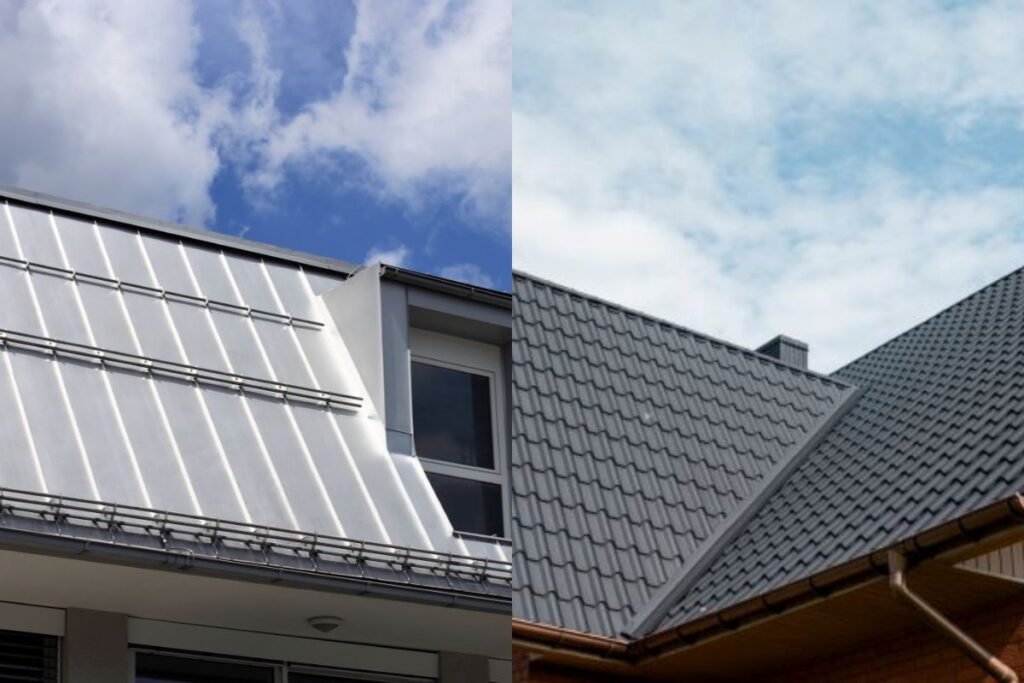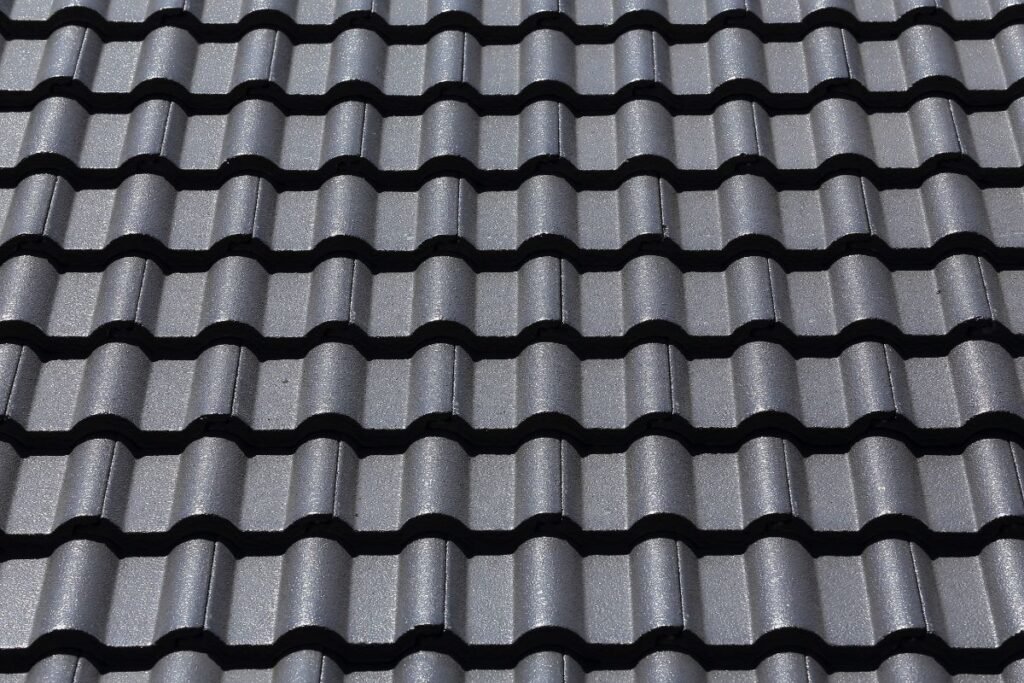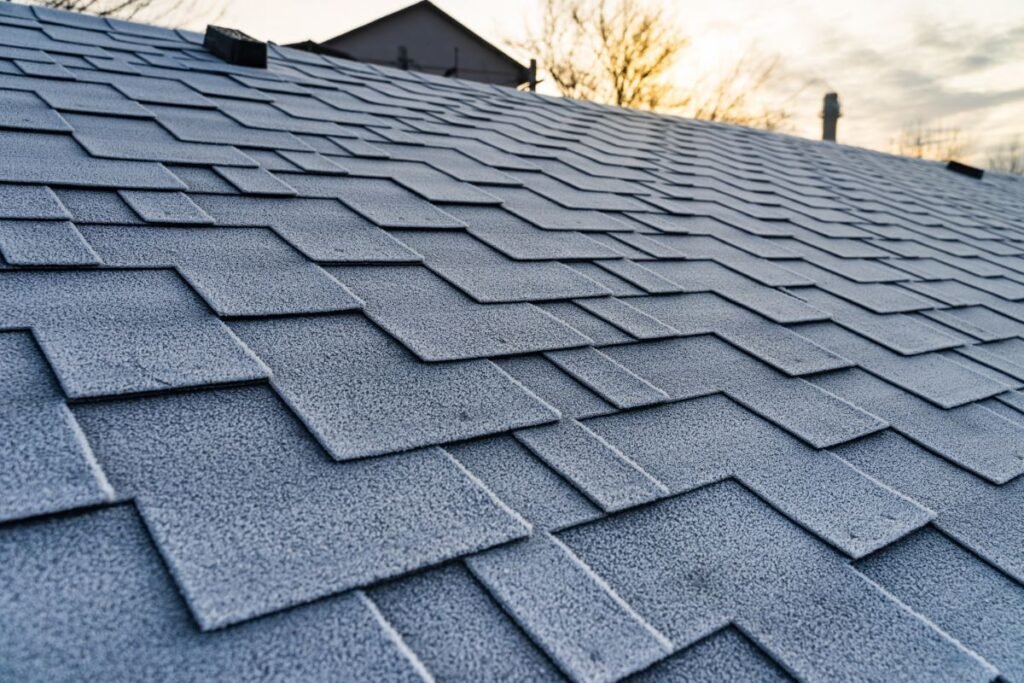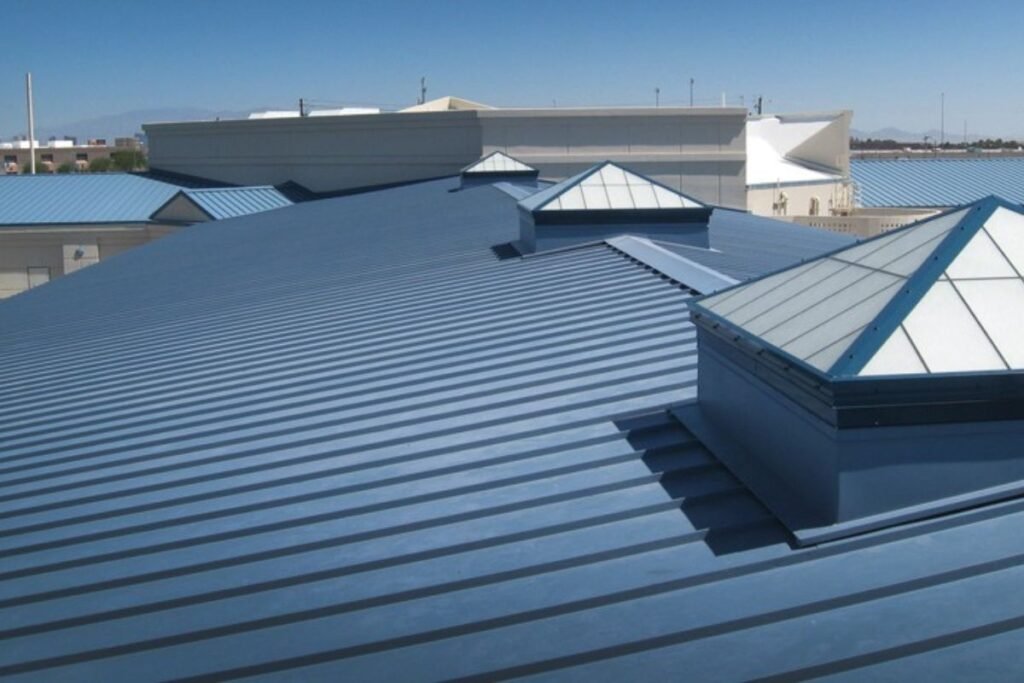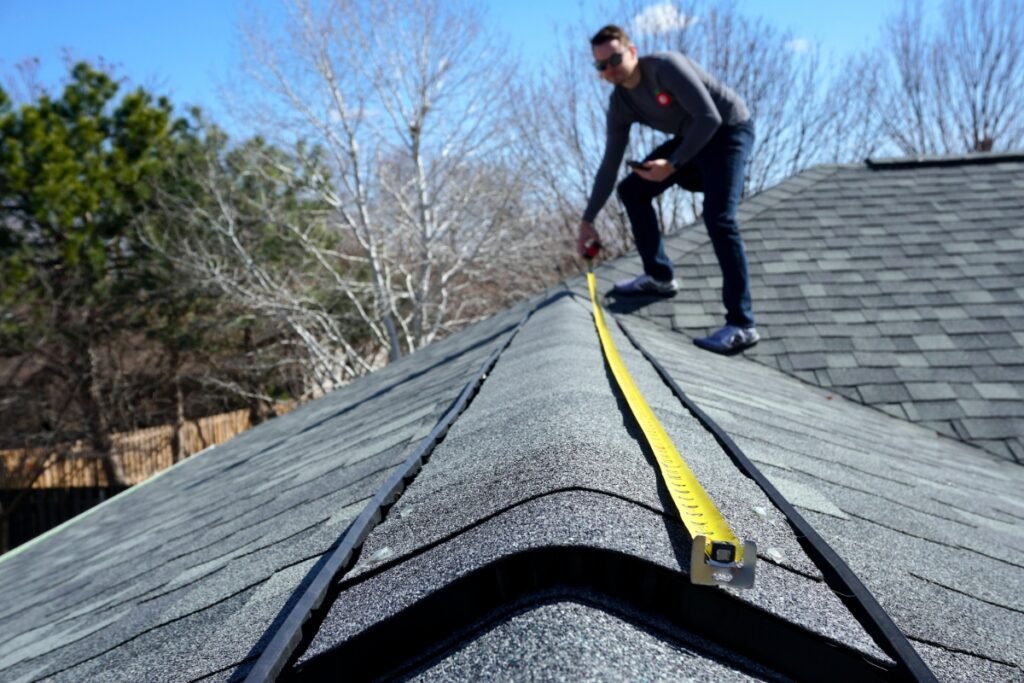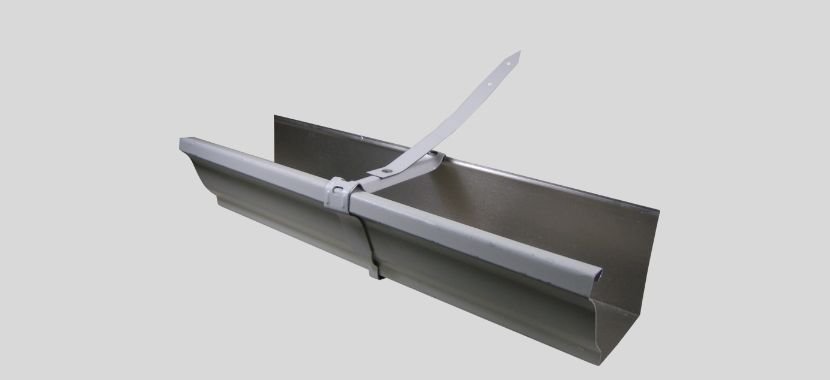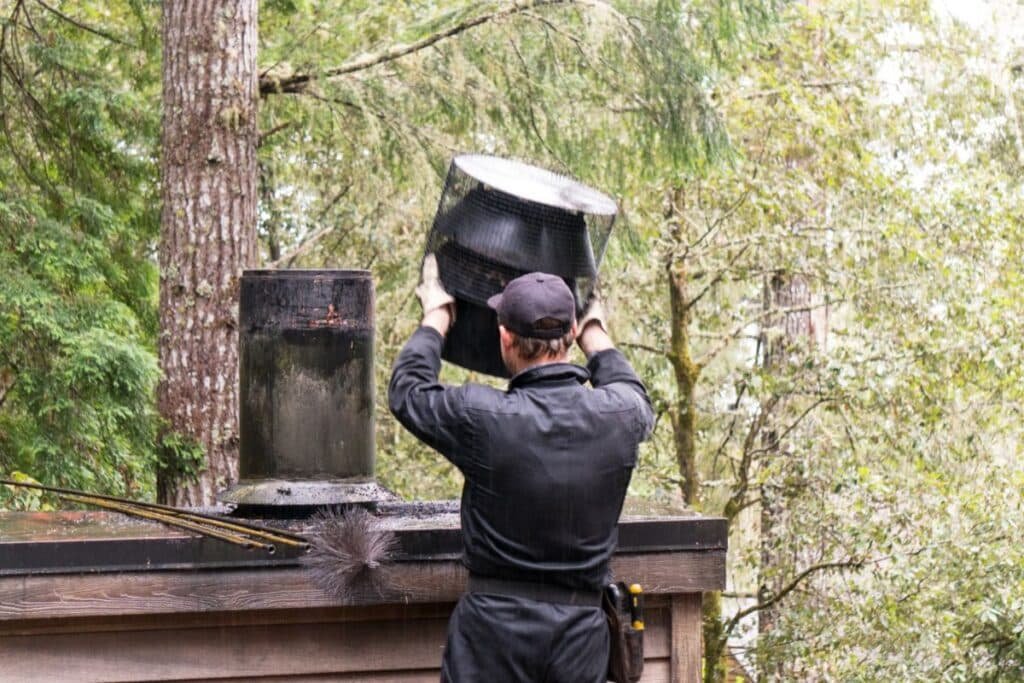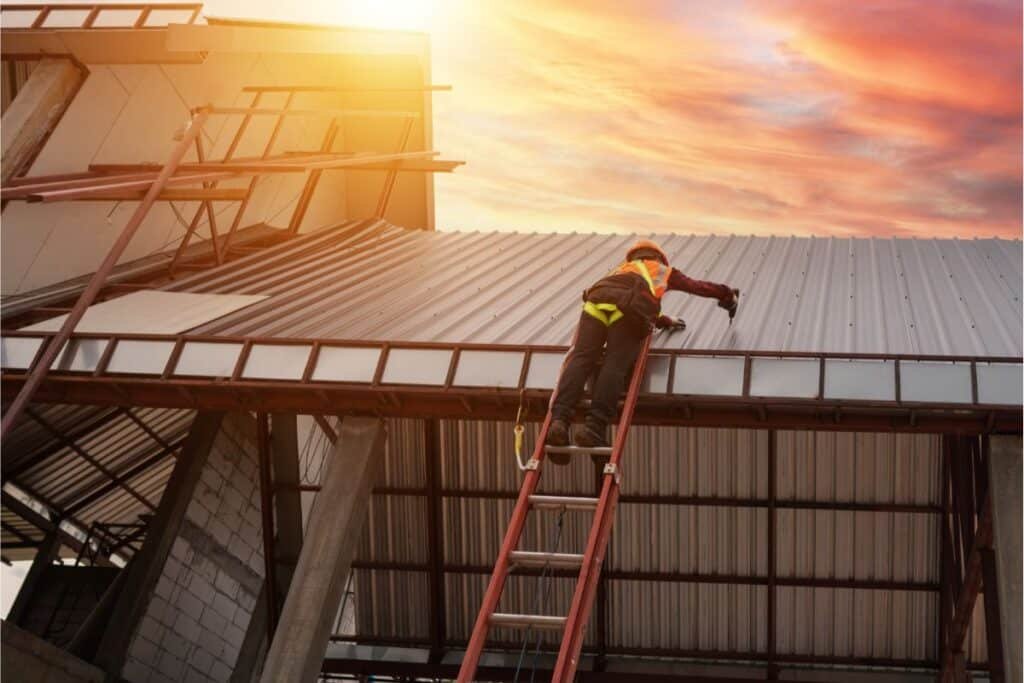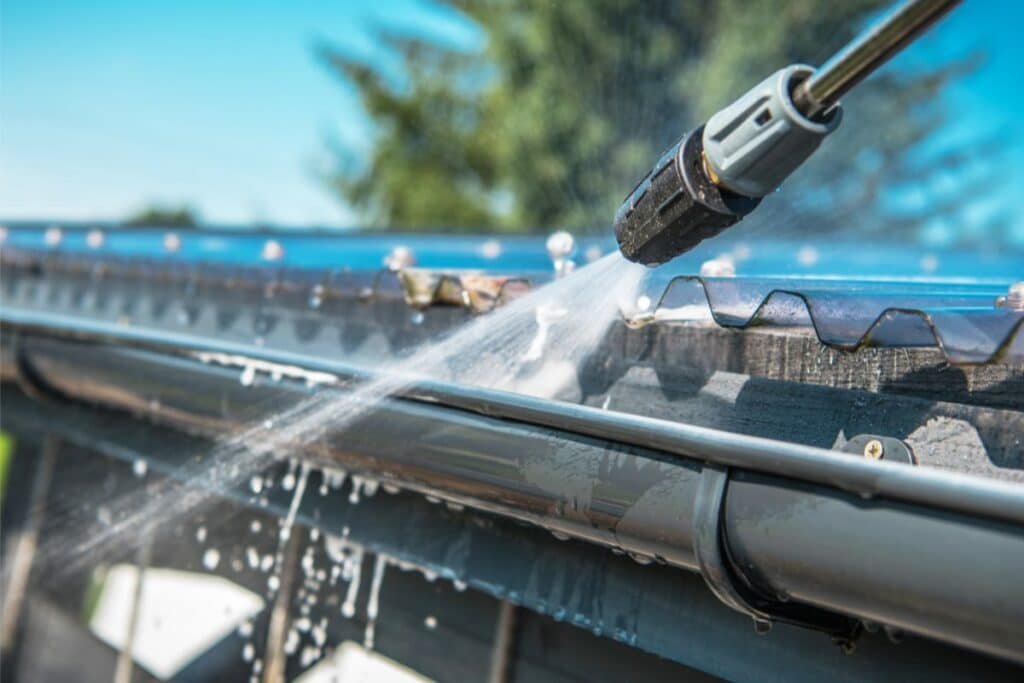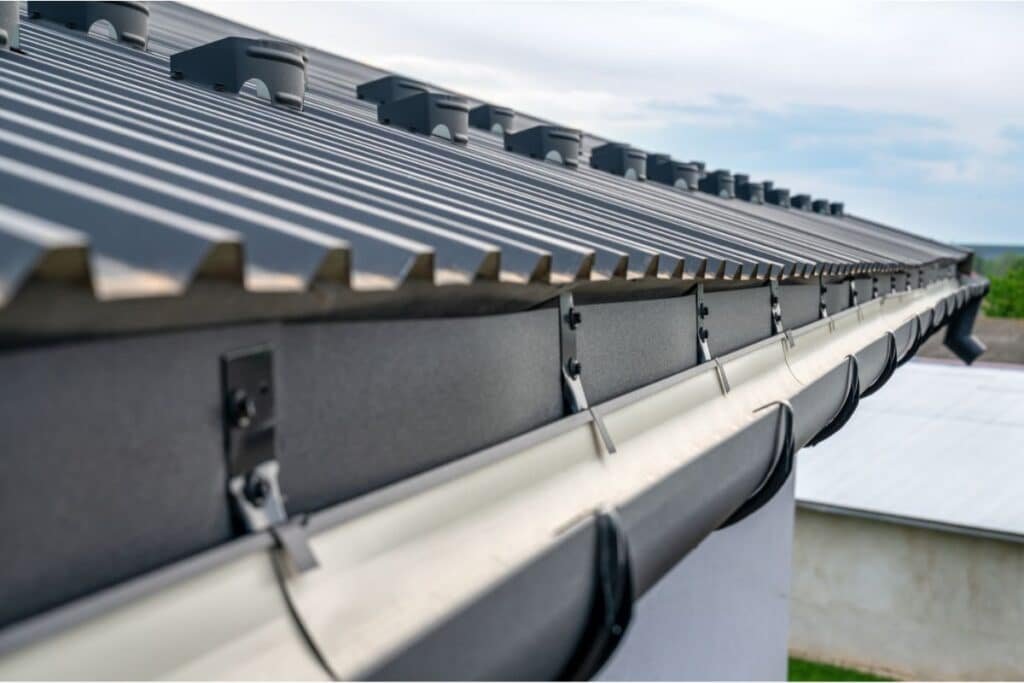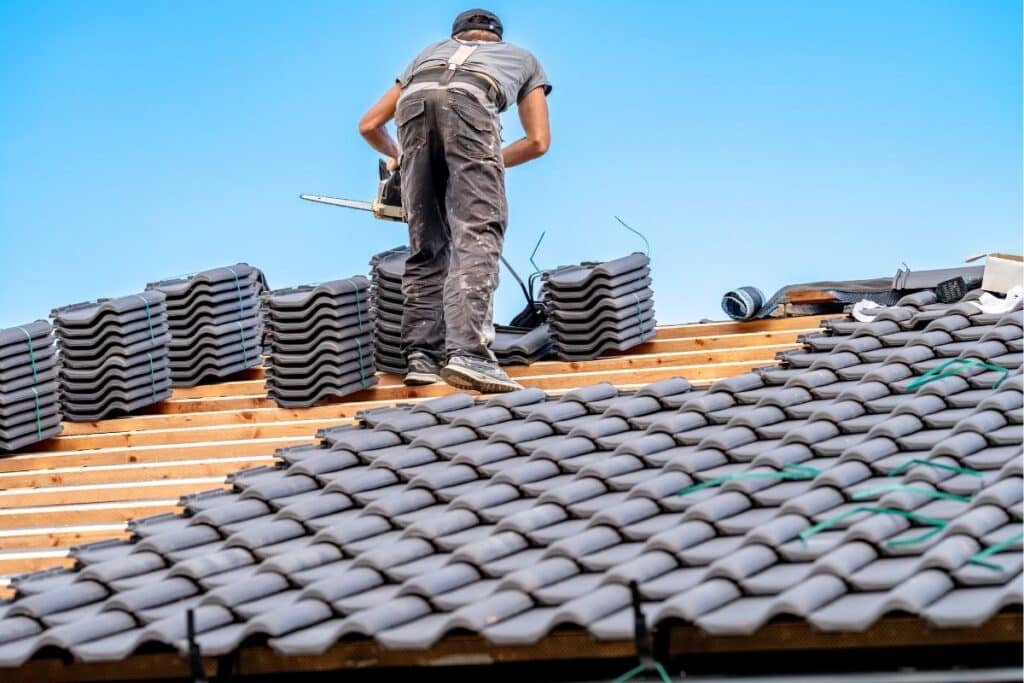How long does it take to install a roof? If you are planning a big home project, this is probably one of the first questions you will ask. The good news is most roofs are replaced in just 1–3 days. The duration depends on the size, material, and design.
In fact, most asphalt shingle roofs are done in 2 days or less! Knowing how long roof replacement takes can help you stay on track, avoid surprises, and keep everything running smoothly.
In this guide, we will explain the steps of roof replacement, the things that can affect the timeline, and easy ways to speed up the process. Whether you are fixing a roof leak or replacing your entire roof, this guide has tips to make the process simple and stress-free. Let’s get started!
How long does it take to install a roof? A Step-by-Step Guide
Roof installation typically takes 1–3 days, but the exact timeline depends on several steps in the process. From the initial inspection to the final cleanup, each phase contributes to the overall time. Let’s break it down step by step so you know what to expect and how to prepare.
1. Inspection and Estimate
Your contractor will start by looking at your roof to check its size, condition, and any damage. After the inspection, they will give you an estimate for the cost and time it will take to finish.
Helpful Tip: Ask for a clear timeline and details about any issues they might expect.
2. Removing the Old Roof
The first big task is to remove the old shingles, tiles, or other materials. This can take a few hours to a full day, depending on how much needs to be taken off.
Example: If your roof has one layer of shingles, removal might take 4–6 hours. If there are two layers, it could take twice as long.
What You Can Do: Move outdoor furniture and cars away from the house so the crew has plenty of room to work.
3. Inspecting Your Roof Deck
Once the old roof is gone, your contractor will check the roof deck to make sure it’s strong and in good shape. If they find rotten wood or weak spots, they will fix these before moving on.
Cost: Fixing a damaged roof deck could cost $500–$1,000. It depends on how much work is needed.
4. Installing Underlayment and Flashing
Your contractor will add a protective layer (called underlayment) to keep water out. Flashing will also be installed around chimneys, vents, and other areas to stop leaks.
Helpful Tip: Make sure your contractor uses quality materials for this step. This step will help you to avoid bigger problems in the future.
5. Installing Your New Roof
This is the main step where your new roof is installed. How long it takes depends on the material:
Asphalt Shingles: 1–2 days.
Metal Roofing: 2–3 days.
Slate or Tile: 6–7 days.
What You Can Do: Ask your contractor how to take care of your roof to make it last longer.
6. Cleanup and Final Inspection
When the roof is done, the crew will clean up the area and check everything to make sure it’s done right. You will also get the chance to inspect their work.
Helpful Tip: Ask about warranties and keep all your paperwork in case you need it later.
6 Key Factors That Impact Roof Replacement Time
The time it takes to replace a roof can vary depending on a few key factors. Here’s what you need to know:
1. Roof Size
The size of your roof is one of the main things that can affect the timeline. Bigger roofs take longer to finish because there’s more material and work involved.
- Small Roofs (under 1,500 sq. ft.): Can be finished in 1–2 days.
- Medium Roofs (1,500–3,000 sq. ft.): Usually take around 2–3 days.
- Large Roofs (over 3,000 sq. ft.): May need 4–5 days or more.
Tip: If your roof is larger then you must ask your contractor how big their team is. A bigger team can get the job done faster.
2. Roofing Material
The type of material you choose can make a big difference in how long it takes to replace a roof. Here’s a quick breakdown:
- Asphalt Shingles: Lightweight and quick to install; done in 1–2 days.
- Metal Roofing: Strong and durable but takes 2–3 days to install.
- Slate or Tile Roofing: Heavy and detailed, requiring 6–7 days.
- Flat Roofs: Usually done in 3–5 days, depending on the material.
Tip: If you want the job done quickly then you should consider asphalt shingles because they are a reliable and time-saving option.
3. Roof Design Complexity
A simple roof is faster to replace than one with lots of extra features. Things like this can slow down the process:
- Steep Slopes: These require extra safety steps and careful work.
- Skylights or Dormers: Adding these means more custom work and sealing.
- Layers of Old Roofing: If there are multiple layers to remove, it will take longer.
Tip: If you are redoing your roof, ask about simplifying its design. It could save time and money.
4. Weather Conditions
The weather has a big impact on how long does it take to install a roof. Rain, snow, or high heat can cause delays because:
- Rain: Rain can make it unsafe to work and affects how well materials stick.
- Snow/Ice: This can make the roof slippery and dangerous.
- Hot Weather: In Hot weather crews may need to take more breaks to stay safe.
Tip: Plan for spring or summer when the weather is better. Contractors also keep an eye on the forecast to avoid delays.
5. Permits and Local Rules
Some cities or towns need you to get a permit before replacing your roof. This can add some time if there are delays in getting approval.
Tip: Always select a contractor who can handle permits for you. It will save you time and effort.
6. Contractor’s Experience and Team Size
An experienced contractor with enough workers can get the job done much faster.
Tip: Before hiring it is a good idea to read reviews, check their license, and ask how many workers they will have on your project.
How to Minimize Roof Replacement Time
Want to make the process as quick and smooth as possible? Here are a few easy steps:
Choose the Right Contractor
Your contractor plays a huge role in how long the job takes. Look for someone who:
- Knows how to work with your type of roof.
- Has the right license and insurance.
- Brings enough workers to finish the job quickly.
Tip: Always ask for a clear timeline and written agreement so you’re on the same page.
Prepare Your Home
A little preparation can save hours. Here’s how to help:
- Clear the Work Area: Move furniture, cars, or anything close to the roof.
- Tell Your Neighbors: Let them know when the work will start to avoid surprises.
Tip: Ask your contractor if there’s anything else you should do before the project starts.
Plan for the Best Season
The time of year can make a big difference in avoiding delays. Here’s how different seasons compare:
- Spring and Summer: Best for dry, clear weather and longer days.
- Fall: Also good, but shorter days might slow things down.
- Winter: You should try to avoid scheduling roof work in winter because Snow and ice can slow things down and make the job unsafe.
Tip: Book your project early in the year to get the contractor’s best availability.
Common Reasons for Delays and How to Overcome Them
Even with the best planning, delays can happen. Here are some common ones and how to handle them:
- Weather-Related Delays: Rain or storms can slow things down. A good contractor will be flexible with their schedule to work around the weather.
- Hidden Problems: Sometimes, issues like rotting wood or broken structures are only discovered once the old roof is removed. These problems need to be fixed before the new roof can go on.
Tip: Keep a little extra money in your budget for these surprises.
- Material Shortages; If materials aren’t available on time, it can hold up the project.
Tip: Order materials early and double-check with your contractor to make sure everything is ready to go.
10 Easy Tips for Keeping Your New Roof in Great Shape
- Take a Quick Look at Your Roof: It’s a good idea to check your roof a couple of times a year, especially after a storm. Look for any missing shingles or signs of damage.
- Keep Your Gutters Clean: Make sure your gutters aren’t clogged with leaves or debris. This helps prevent water from building up and causing problems.
- Trim Those Tree Branches: If there are trees close to your roof, trim any branches that might be hanging over them. This keeps them from scratching the roof or breaking off during a storm.
- Make Sure Your Attic Breathes: Your attic needs good airflow to stop moisture from building up. This helps keep your roof in good shape and prevents mold from forming.
- Keep an Eye Out for Leaks: If you spot any water stains or damp spots inside, don’t wait! Check your roof for leaks and get them fixed right away.
- Remove Moss and Algae: If you see moss or algae on your roof, gently brush it off. These can cause shingles to lift.
- Check the Roof Valleys: Roof valleys (where two slopes meet) can be tricky, so make sure they are sealed properly. This keeps water from getting in.
- Watch for Ice Buildup in Winter: In cold weather, ice can build up in your gutters. It can create ice dams. Keep them clear during winter to avoid damage.
- Clear Off Debris: From time to time, clear away leaves, sticks, and other debris from your roof. This helps prevent water buildup, which can lead to damage.
- Get a Pro to Check It Out: It’s a great idea to have a professional look at your roof every couple of years. They can spot any issues before they turn into costly repairs
Final Thoughts
Installing a roof doesn’t have to be stressful. Whether you are fixing a roof leak or replacing your entire roof, knowing what to expect can make the process much smoother. Most roofs are installed within just 1–3 days, with materials like asphalt shingles often done in 1–2 days. If you prepare early and select the right contractor then it can save your time, money, and stress.
A new roof means better protection, a more valuable home, and long-term peace of mind. Don’t wait until a small problem becomes a bigger issue. Start planning your roof replacement today!
Contact a trusted roofing contractor today to explore your options and take the first step toward a stronger, safer home.
Frequently Asked Questions
Roof replacement duration by material
How long it takes to replace your roof depends on the material:
Asphalt Shingles: 1–2 days.
Metal Roofing: 2–3 days.
Slate or Tiles: 6–7 days.
Flat Roofs: 3–5 days.
Lighter materials like asphalt shingles are faster to install, while heavier ones like slate take longer because they need extra care.
Time needed for asphalt shingle roof replacement
Asphalt shingles are one of the quickest roofing materials to install. Most homes are done in 1–2 days, and smaller, simple roofs can even be finished in a single day.
Example: A small 1,500 sq. ft. roof with asphalt shingles usually takes about 8 hours.
How long does a metal roof replacement take?
Metal roofs take about 2–3 days to replace. If your roof has steep slopes or unique designs, it might take a little longer since metal roofs require precision.
Tip: Always select a contractor who specializes in metal roofing for the best results.
What delays roof replacement projects?
Roof replacement can be delayed by:
Weather: Rain, snow, or high winds can stop work.
Hidden Issues: Problems like rotting wood or damaged structures might need to be fixed first.
Material Delays: If your materials arrive late, the job will be delayed too.
Solution: Plan ahead. Order materials early, choose a reliable contractor, and aim for a dry season like spring or summer.
Do weather conditions affect roof replacement time?
Yes, weather affects roof replacement. Rain or snow can stop the work, while extreme heat might slow crews down. The best seasons for roof replacement are spring and summer because the weather is more predictable.
Tip: Check the forecast before scheduling and pick a time when the weather looks clear.
Factors influencing roof replacement speed
How quickly your roof is replaced depends on:
Roof Size: Bigger roofs take longer.
Material: Asphalt shingles are faster to install than heavier materials like slate.
Design: Steep roofs or ones with skylights take more time.
Weather: Bad weather can slow everything down.
What You Can Do: Talk to your contractor about these factors to get a clear idea of how long your project will take.
What is the Steps in the roof replacement process
Here’s what happens when your roof is replaced:
Inspection and Estimate: The contractor checks your roof and gives you a quote.
Removing Old Roofing: The old roof is removed.
Inspecting the Roof Deck: Any damage is repaired.
Installing Underlayment: A waterproof layer is added to protect your home.
Adding the New Roofing Material: Your new roof is installed.
Cleanup and Final Check: The area is cleaned, and the contractor inspects the roof to ensure everything is complete.
Pro Tip: Walk through the final inspection with your contractor and ask questions if anything isn’t clear.
How to estimate roof replacement time
Here’s how to figure out how long your roof replacement might take:
Roof Size: Small roofs (around 1,500 sq. ft.) might take 1 day, while large roofs (3,000+ sq. ft.) could take 4–5 days.
Material: Asphalt shingles are quick, while slate or tile takes longer.
Weather: Rain or snow can slow things down.
Tip: Share photos of your roof with your contractor so they can give you an accurate estimate.
Residential vs. commercial roof replacement duration
Residential roofs are smaller and simpler, so they usually take 1–3 days to replace. Commercial roofs, especially flat ones, are larger and more complex, so they often take 3–7 days or longer.
Example: A small home with asphalt shingles might be finished in a day, while a large commercial flat roof could take up to a week.
How to speed up a roof replacement
To make your roof replacement go faster you can follow these steps:
Select Easy Materials: Asphalt shingles are quick to install.
Prepare Your Home: Clear the area around your house so the crew has space to work.
Plan for Good Weather: Schedule your project in spring or summer to avoid delays.
Hire a Skilled Contractor: A contractor with a large, experienced team can finish the job more quickly.
Tip: Ask your contractor about their crew size to ensure the project stays on schedule.

